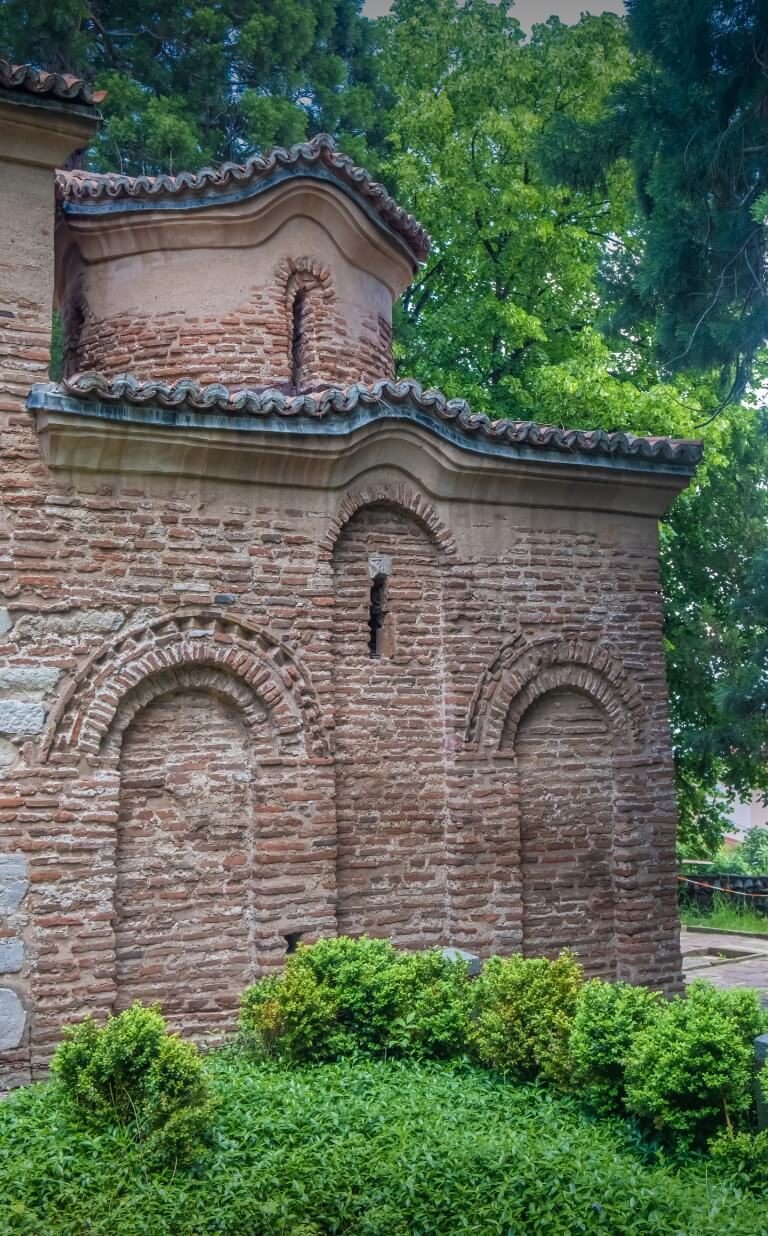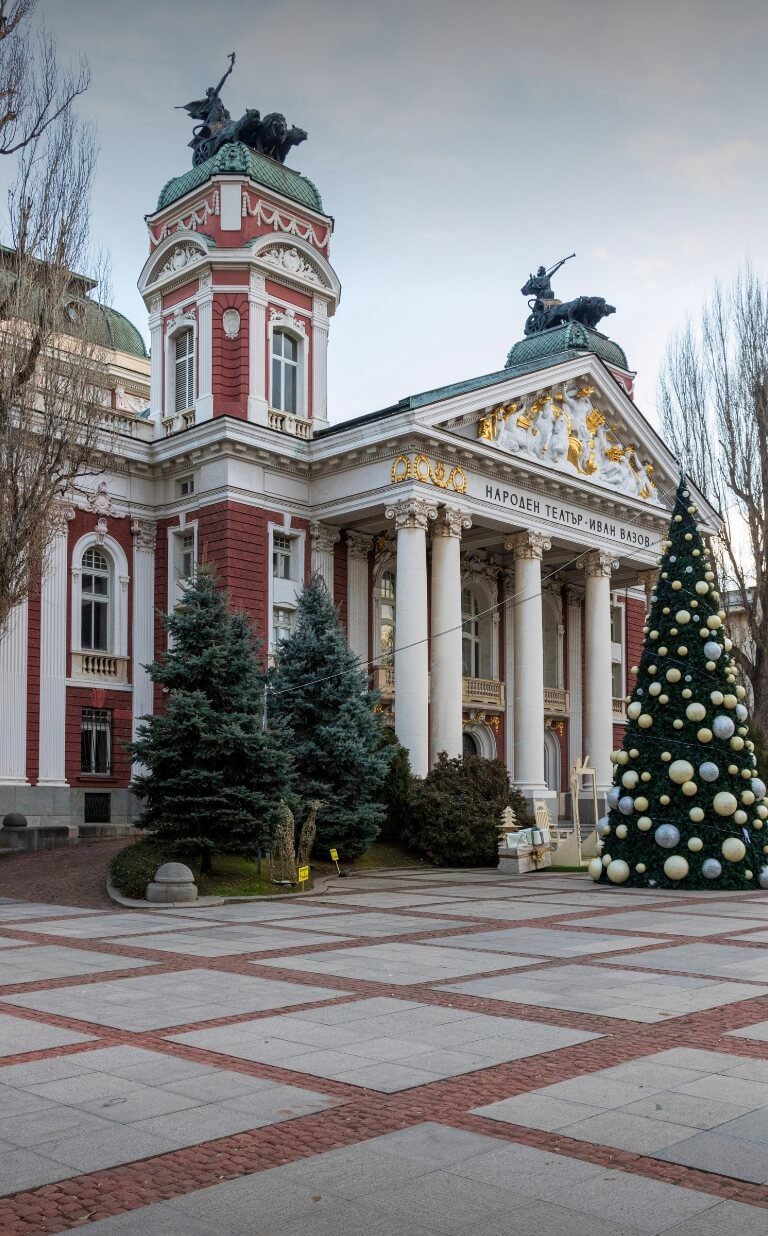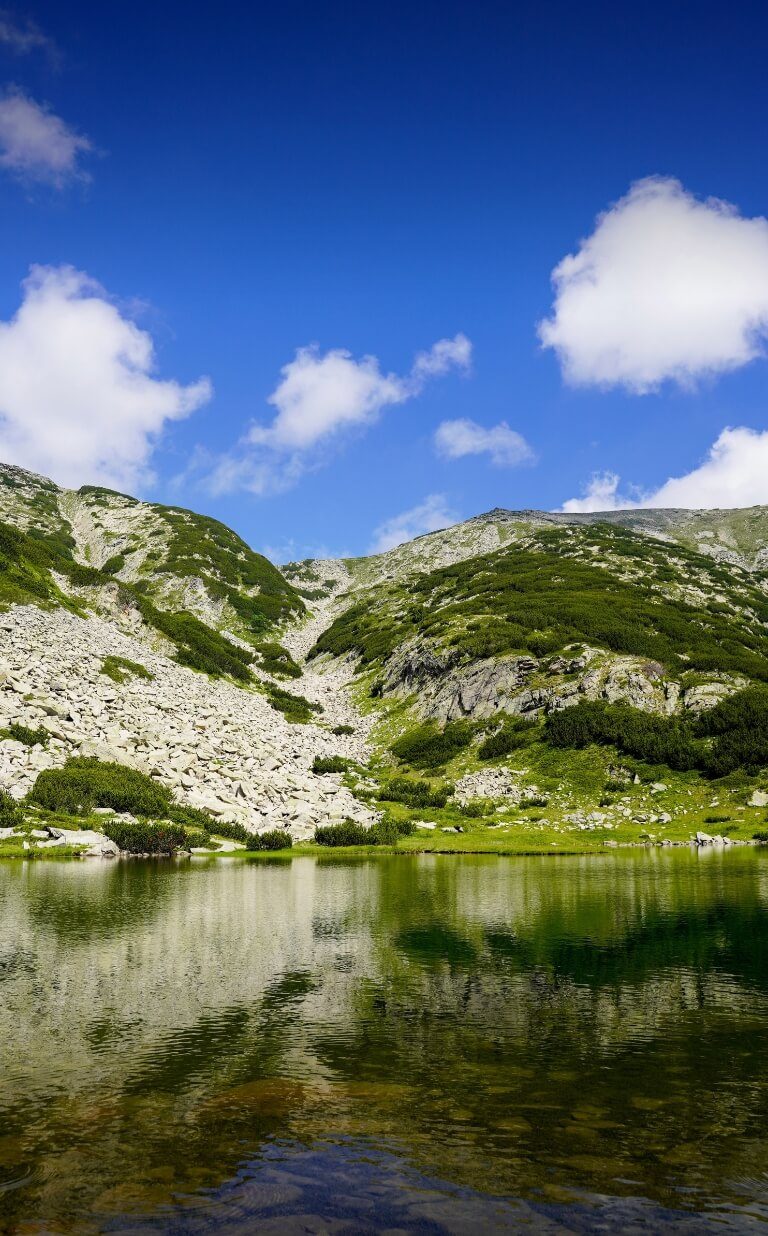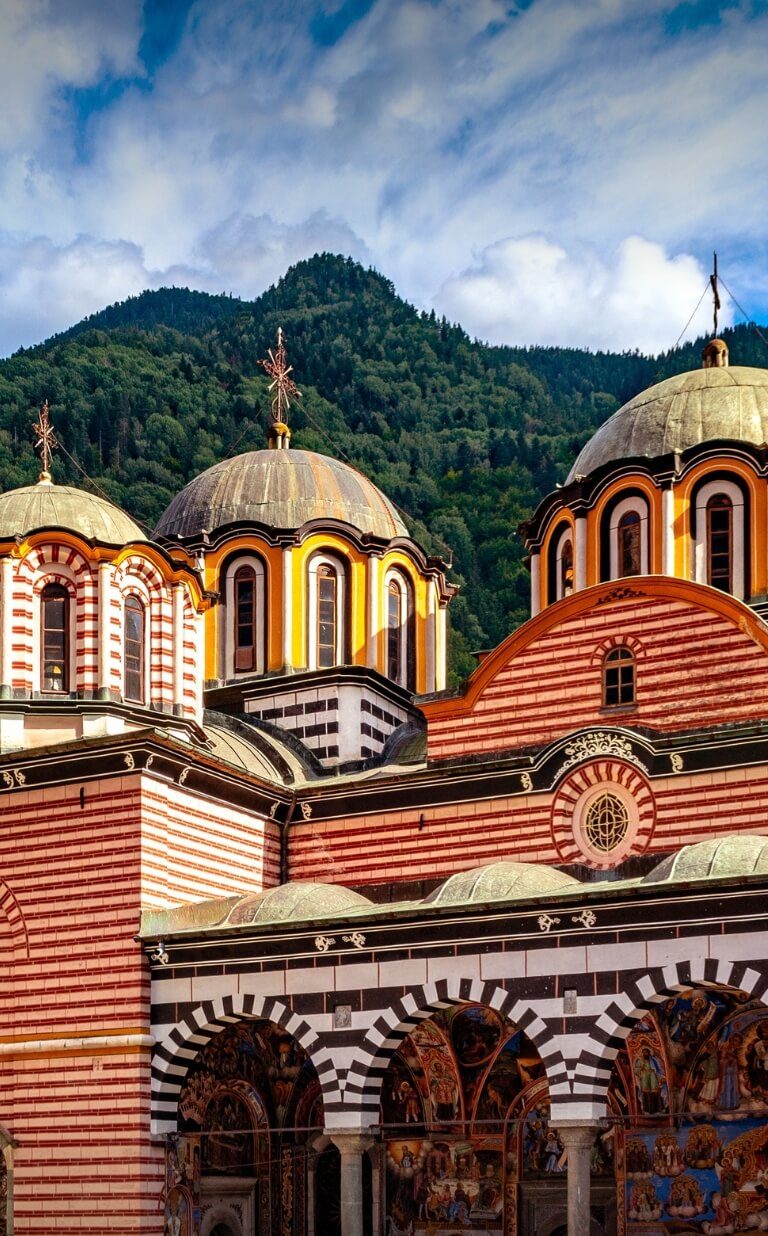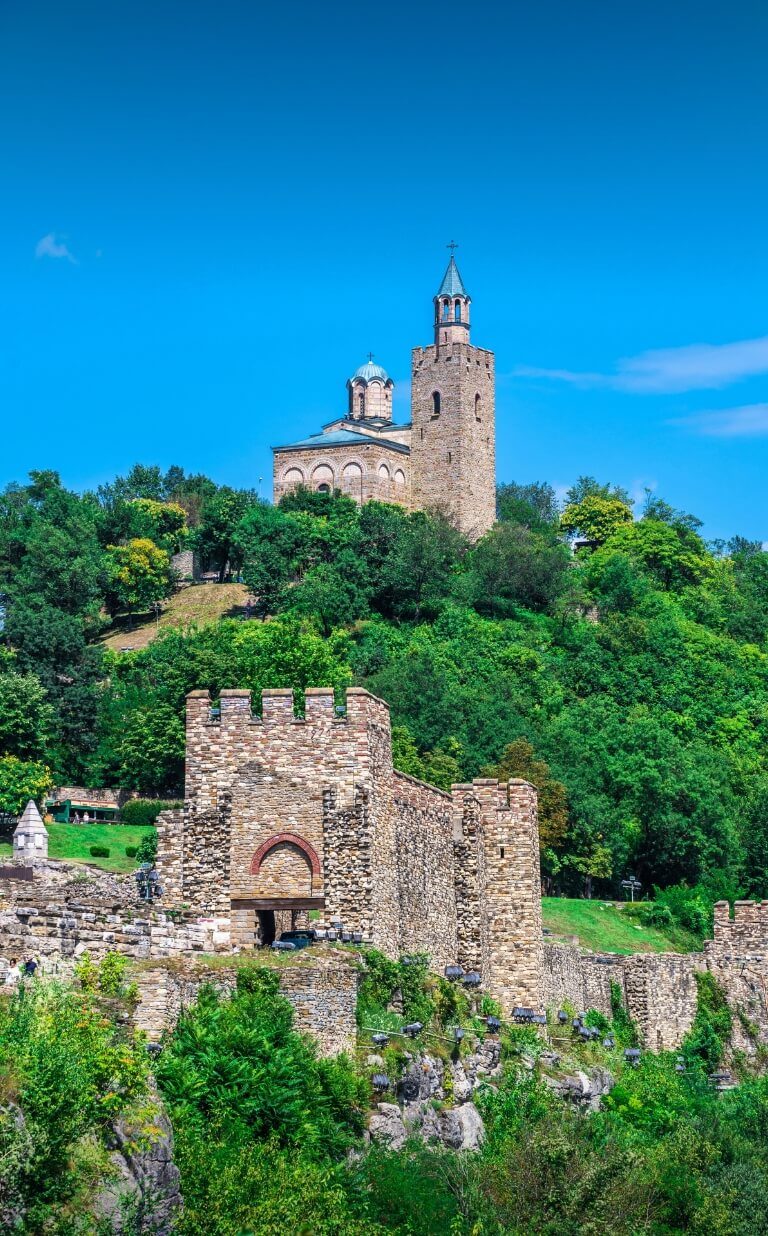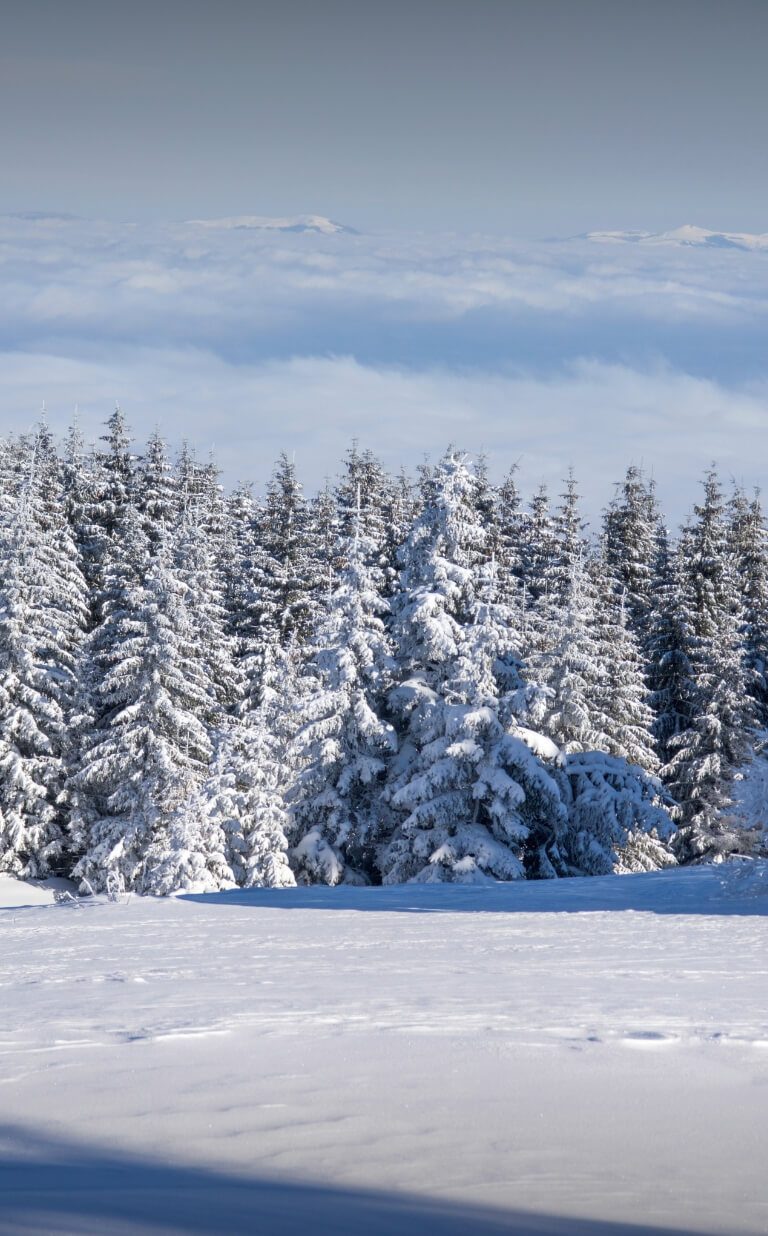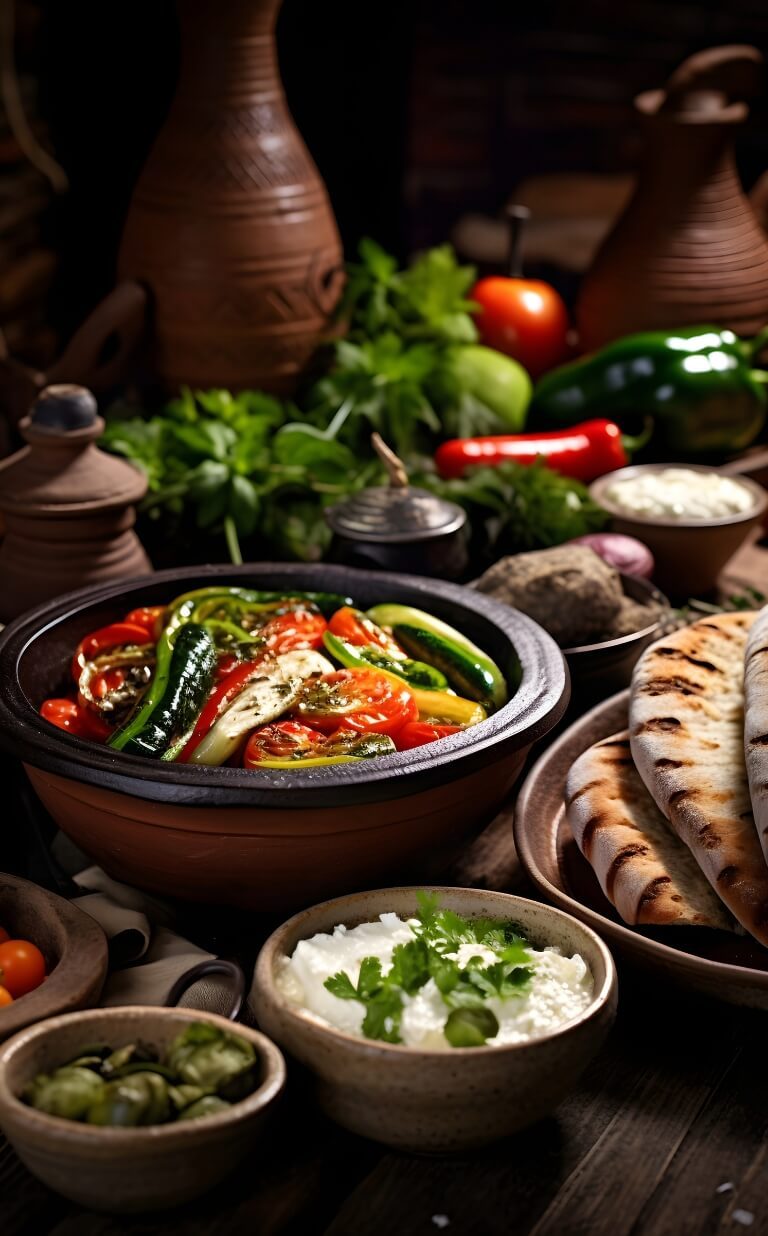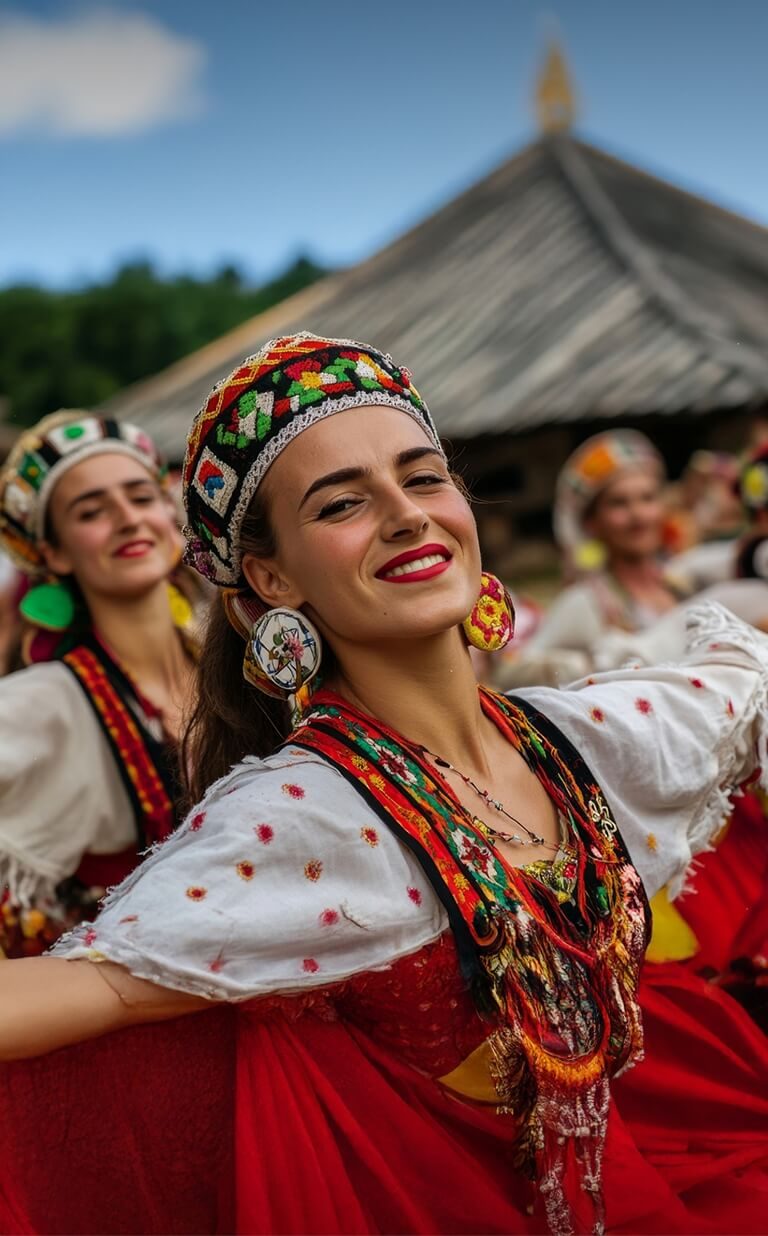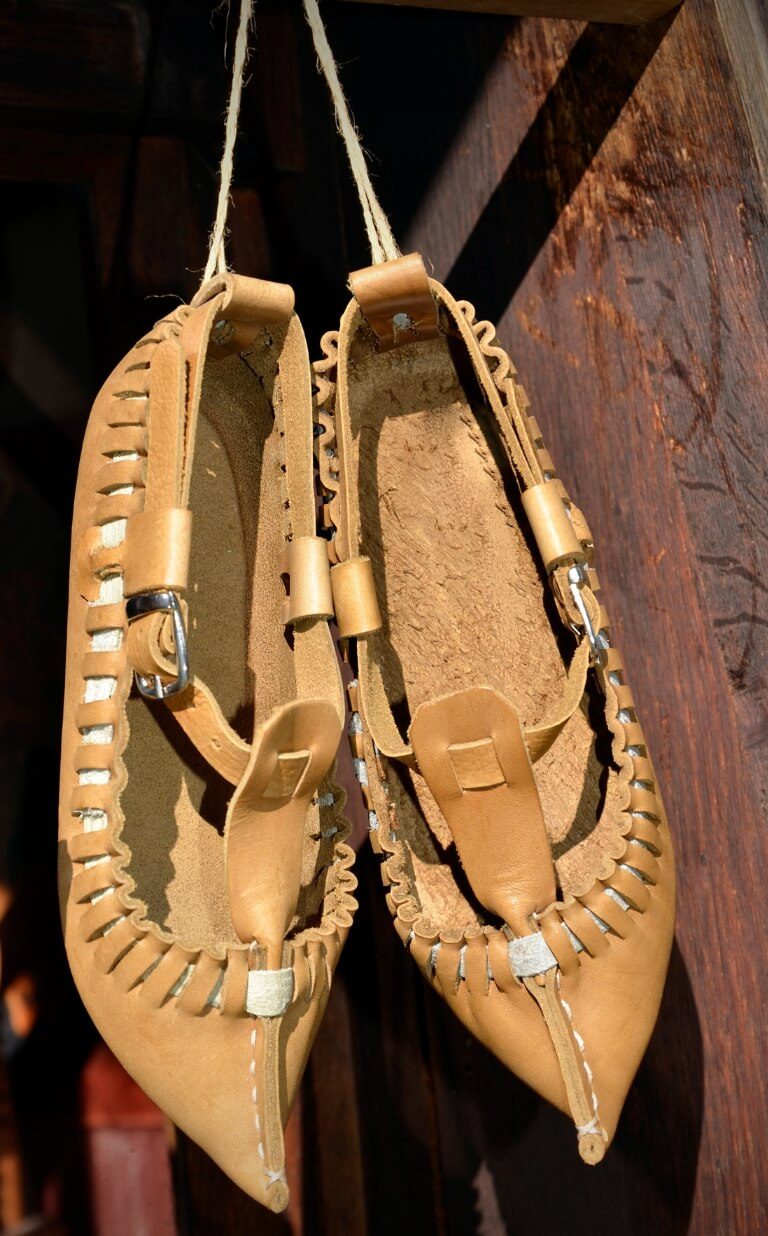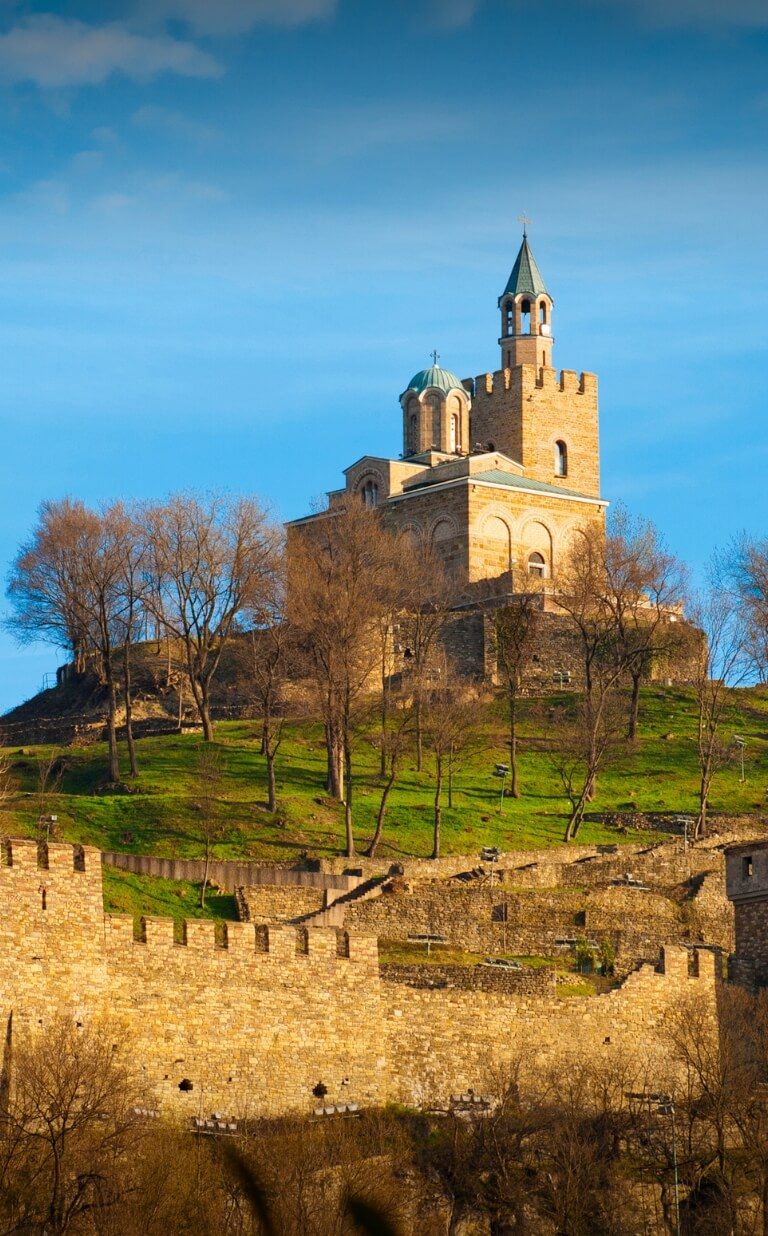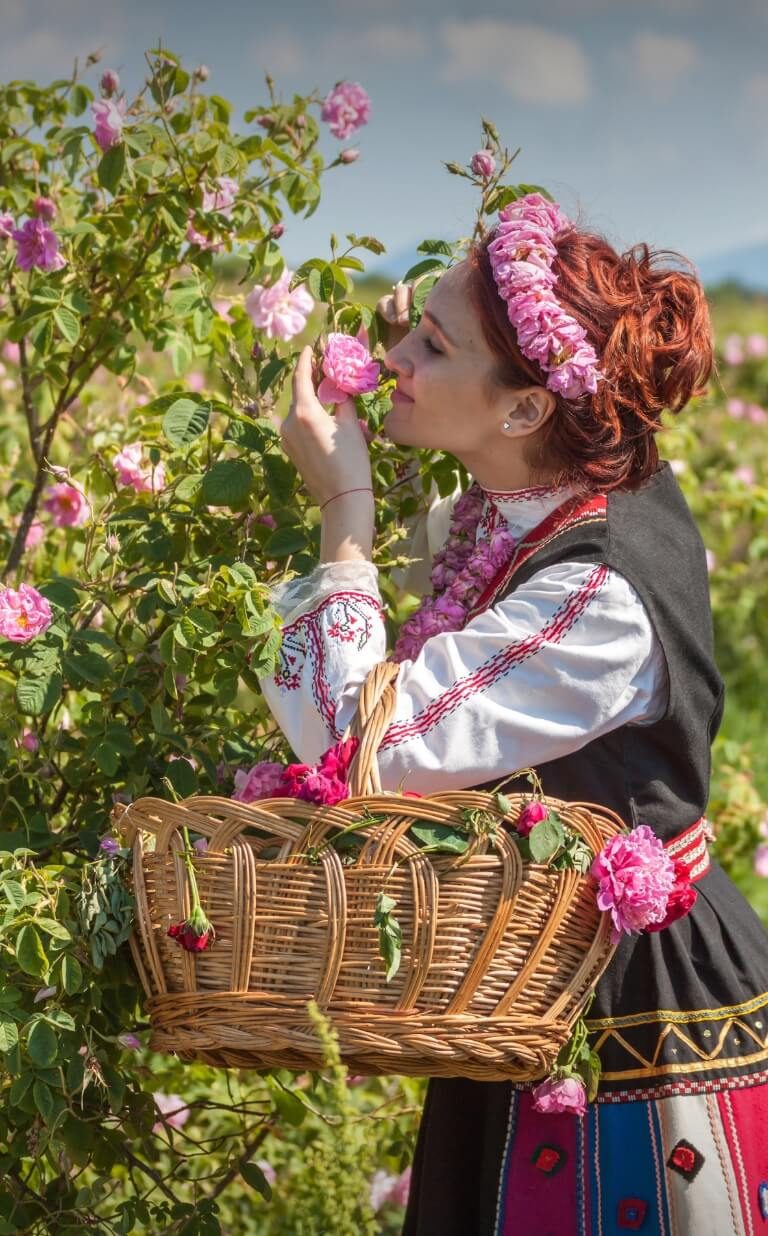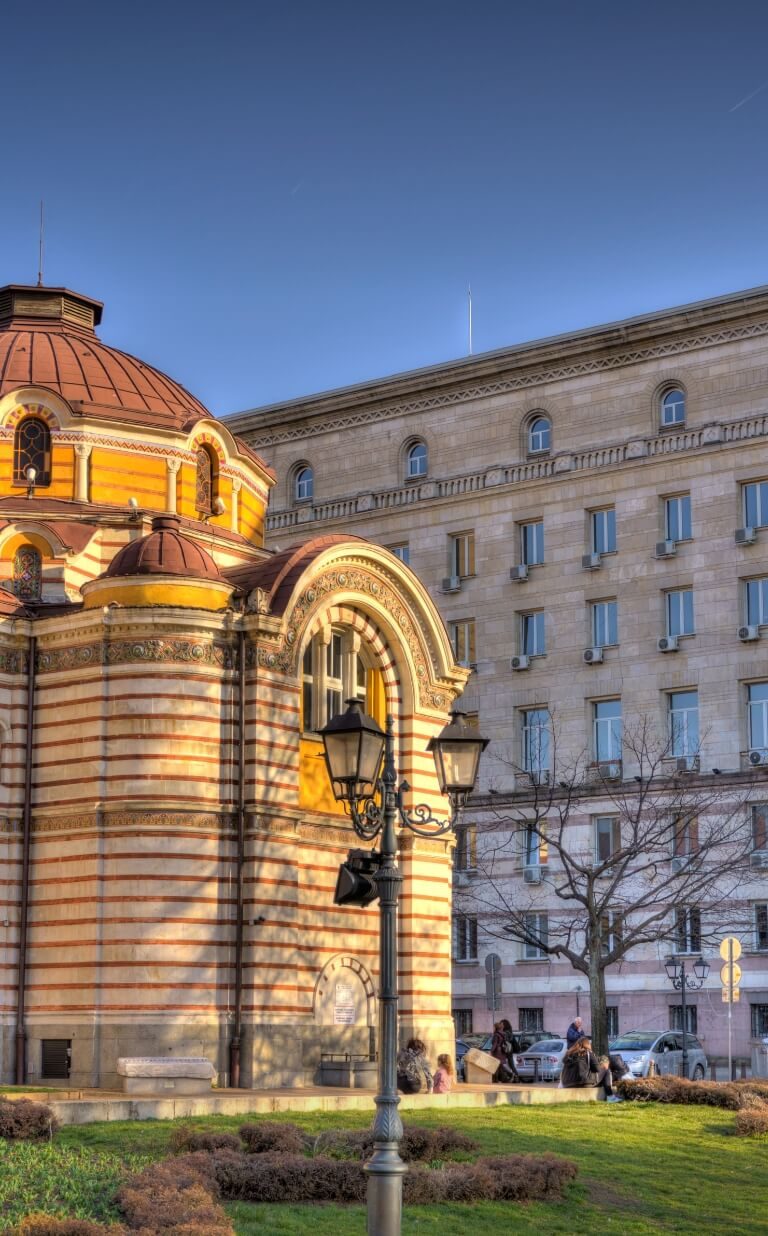Tour Package
Bulgaria Tour Packages
SUPER DEAL PRICE
STARTS FROM
per person on twin sharing
Some areas may have limited ATM availability.
Card acceptance may be limited in some areas.
Bank locations may be rare and harder to find.
The legal drinking age in Bulgaria is 18.
Bulgarians are known for their friendliness and hospitality.
Prices are typically cheaper in November to March.
Bulgaria - Visitors Statistics

Annually
2,68,60,000
Male51%
Female49%
By Purpose
Couples
For Newlywed Vacations
Family
For Family Vacations
Top Visitors from India
Delhi
Mumbai
Bengaluru
Chennai
Hyderabad
Pune
Kolkata
Ahmedabad
Jaipur
Lucknow
Everything You Need to Know About Bulgaria
When we think of Europe, quite a few exotic and popular destinations come to mind. However, Bulgaria is a country brimming with natural beauty that is often overlooked as a holiday option. Located in the Balkans, Bulgaria is a land of unmatched beauty and off-the-beaten-track experiences.
View All Bulgaria Packages
Top Attractions
Explore diverse global destinations, each boasting unique attractions and experiences. From bustling urban centers to serene natural landscapes, these popular destinations cater to a variety of interests. Whether it’s cultural immersion, adventure or relaxation, there’s a destination for every traveller to discover and enjoy.
Unique Wildlife
Cultural Experiences
Embark on a journey of cultural richness, immersing yourself in the vibrant tapestry of traditions, arts, and customs across the globe. Whether savoring local delicacies, partaking in ancient rituals, or enjoying traditional performances, these cultural experiences offer a profound understanding of the world’s diversity, fostering connection and appreciation.
OUTDOOR ACTIVITIES
Discover the pleasure of fun and captivating outdoor activities. Enjoy every moment!

Canyoning

Mountain biking

Skiing
FAQs
Book Your Dream Vacay Today!














